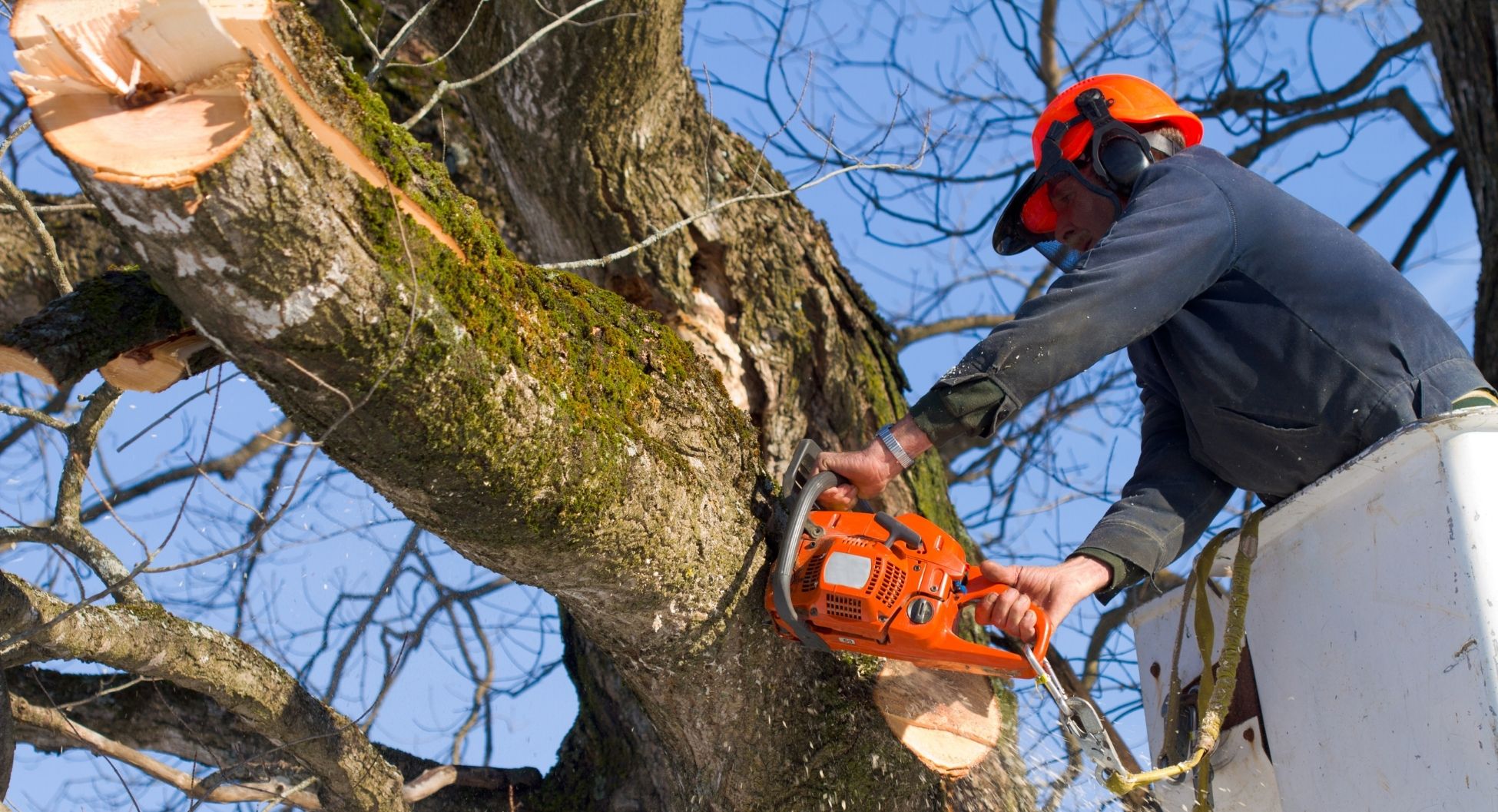This is the third in a three-part series about recommendations on how to perform an annual home safety audit. This time, I’ll focus on the outdoors, specifically, fire-safe landscaping.
You may have noticed that in mid-May, workers could be found along many public roads clearing brush and removing low-hanging branches. They were hired to do so by the Fire Safe Council (Scott Cratty) and control burns on western hillside to reduce wildfire risk, a wise choice in light of the last several years.
Happily, to make roads safer, the tree trimmers were willing to take down some foliage on private property with the property owner’s approval. At my house, there’s a long frontage along a county road where greenery provided a privacy screen for my home and the hillside beyond. I gave the tree trimmers permission to do whatever they liked next to the hillside, and boy, did they.
They cleared about 20 feet back from the road and ten feet up from the ground, cutting down small trees, limbing low branches, and removing bushes like scotch broom, an invasive species that grows quickly and thickly in several parts of our county. Although its yellow blooms are pretty in spring, it’s an oily plant that provides excellent fuel for wildfires. As requested, the tree trimmers were more judicious near my home. They cleared about six feet of brush. I have slightly less privacy, but that’s a price I’m willing to pay to help protect my family and neighbors come wildfire season.
Of course, public roads are not the only area that requires clearing. If you own property, it’s important to keep vegetation knocked down. Since I own a 70-year-old house made of redwood—otherwise known as an organized pile of kindling—I am particularly aware of fire hazards. One of the hazards I must deal with is a back yard that includes a large hillside and open meadow. If left to their own devices, the grasses there can quickly reach three feet or taller, so every year I hire someone to weed-eat the hillside and meadow and prune any low branches. Years ago, insurance adjusters recommended pruning trees six feet off the ground. Then it was eight. Now, it’s ten. This makes it hard for little kids to climb trees, but also harder for fire to spread between trees and ground cover. Sorry, kids. I’m trimming.
While you’re surveying areas to be cleared, check to see if any landscaping has grown up against the house and trim it back. Also, make sure there’s at least ten feet of clear space around your propane tank. And if you’re feeling really ambitious, climb up on your roof to assure you have a spark arrester on your chimney. While you’re up there, look at your roof with a critical eye. If it’s made of redwood shingles, consider getting a new roof. Not only will this improve safety, it will add to the basis of your property’s value, reducing the tax burden if you should decide to sell someday.
Growing up in Ukiah, I never worried much about wildfire, but these days, we’d be crazy not to.
If you have questions about property management or real estate, please contact me at [email protected] or call (707) 462-4000. If you have an idea for a future column, share it with me and if I use it, I’ll send you a $25 gift certificate to Schat’s Bakery. To see previous articles, visit www.selzerrealty.com and click on “How’s the Market”.
Dick Selzer is a real estate broker who has been in the business for more than 40 years.


